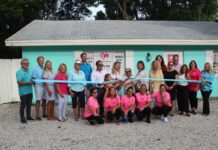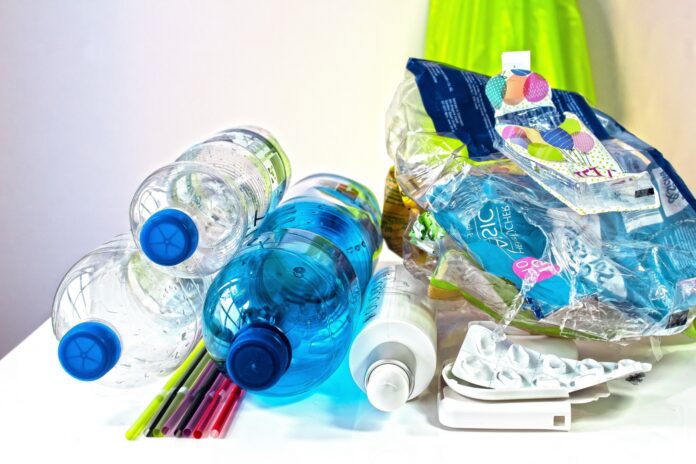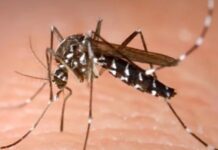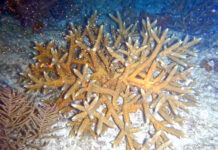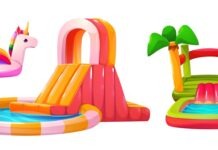The “3 Rs” concept — Reduce, Reuse, and Recycle — has long been a cornerstone of environmental sustainability and waste management strategies. These principles help minimize waste, conserve resources and reduce pollution. However, in today’s world of rapid consumption, a fourth R, “Repair,” is gaining momentum as a critical addition to the sustainability framework. Let’s explore how the 3 Rs work together and why incorporating “Repair” can profoundly reduce environmental waste.
Reduce
The first R, “Reduce,” focuses on minimizing waste before it even begins. This means cutting down on the resources we consume and the waste we generate. Reducing unnecessary packaging, choosing products with minimal environmental impact and buying only what we truly need are ways to implement this principle.
Reducing consumption lessens the strain on natural resources and reduces the amount of waste that needs to be managed. It is one of the most powerful tools in the fight against pollution and over-extraction of materials like fossil fuels, metals and wood.
Reuse
“Reuse” is finding ways to repurpose products or materials rather than discarding them. This could mean anything from reusing grocery bags to buying second-hand clothing. Giving products a second life reduces the demand for new goods and minimizes landfill waste.
In addition to environmental benefits, reusing products can save money and create a circular economy where goods are shared, repaired and refurbished rather than thrown away. It encourages creativity in finding new uses for old items and fosters a mindset of resourcefulness.
Recycle
The third R, “Recycle,” involves converting waste into new materials. Recycling reduces the need for raw materials, which helps preserve ecosystems and reduces pollution from resource extraction. Common recyclable materials include paper, glass, plastic and metals.
While recycling plays an essential role in waste reduction, it requires energy, infrastructure and processing that can still contribute to emissions. Therefore, recycling should be a last resort after reducing and reusing.
The case for adding repair
The growing movement to add “Repair” as a fourth R is in response to our throwaway culture. Products are often designed with short lifespans and are difficult or expensive to repair, encouraging consumers to discard and replace them. This culture of disposability leads to massive amounts of waste.
Repair can be a game-changer. We extend their lifespan, conserve resources and reduce waste by fixing items instead of throwing them away. Repairing electronics, appliances, furniture and clothing can significantly reduce the environmental impact of production and disposal. Moreover, repair fosters skills and knowledge that empower individuals to maintain and care for their belongings.
A growing number of advocates and communities are pushing for the “Right to Repair,” encouraging manufacturers to make products that are easier to fix. This movement supports the creation of repair-friendly designs, accessible spare parts and affordable and widespread repair services.
THE SYNERGY OF THE 4 R’S
Adding Repair to the traditional 3 R’s creates a more holistic approach to sustainability. Reducing waste at the source, reusing products, repairing items to extend their life and recycling materials when they can no longer be used or repaired together form a robust strategy to address environmental challenges.
As consumers, adopting all four principles—Reduce, Reuse, Recycle, and Repair—can help us lead more sustainable lifestyles, support the environment and contribute to a healthier planet for future generations.
Fun repurposing idea
In preparation for the storms, my family and I trimmed all the palm trees and removed loose branches and coconuts. While doing so, I was reminded of how resilient our majestic palms are and wondered how to repurpose the “skin.” I shaped the skin pieces into planters and used weather-resistant hardware to fasten them in a safe corner under the house for bromeliads.
Upcoming events
- Free tire recycling for all Keys residents
Nov. 2 from 9 a.m. to 2 p.m. at Monroe County transfer stations. Up to six passenger tires per resident on the rim is acceptable
- Smashing pumpkins food waste and DIY worm compost bin
Nov. 2 from 10 a.m. to noon. Hosted by the City of Marathon, the event is
located at Marathon Community Park’s main pavilion. Bring your jack-o-lanterns (or other organic food waste) and a storage bin with a lid if you would like to make an at-home compost bin
- Food waste and compost workshop
Nov. 9 from 11 a.m. to noon, at the Key Largo library.
Food scrap collection schedule
- Coral Isles Church, 90001 Overseas Highway Tavernier. Every first Sunday of the month from 11:15 a.m. to noon.
- Key West Tropical Botanical Gardens, 5210 College Road, Key West
Every third Saturday of the month from 9 a.m. to noon (coincides with the plant sale). Freeze food scraps until a scheduled collection, and to reduce fruit flies, keep a storage container refrigerated.











